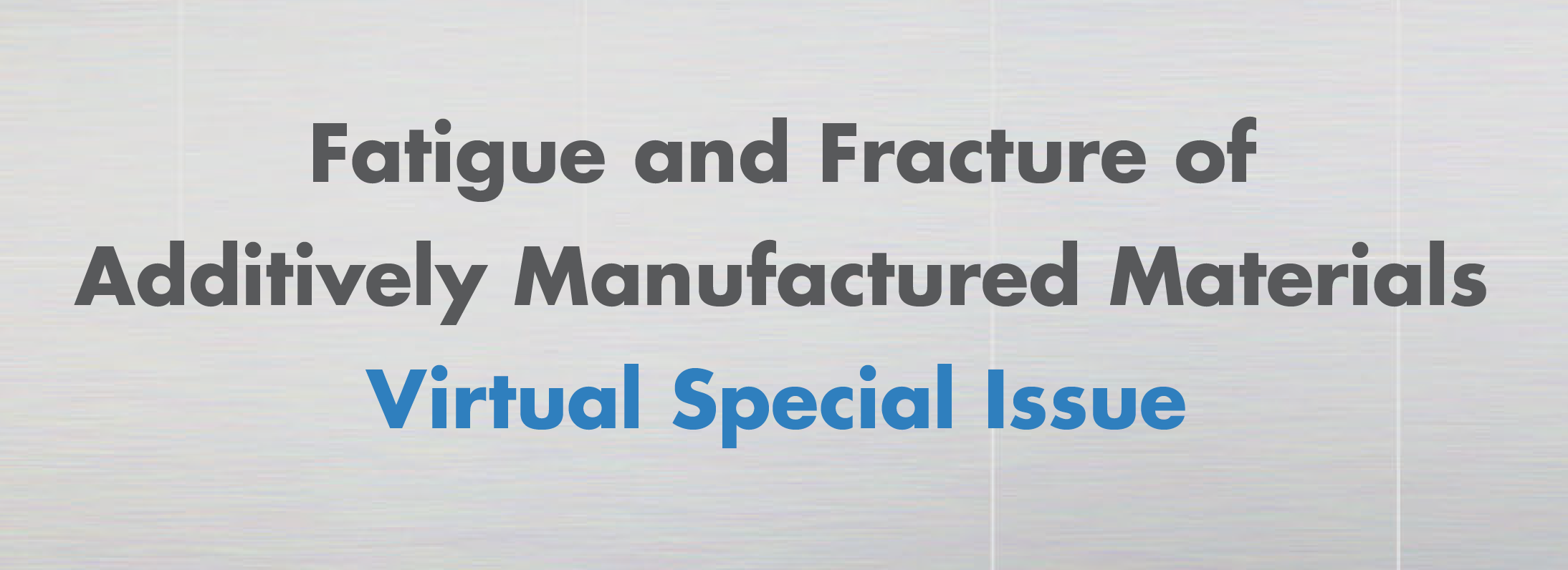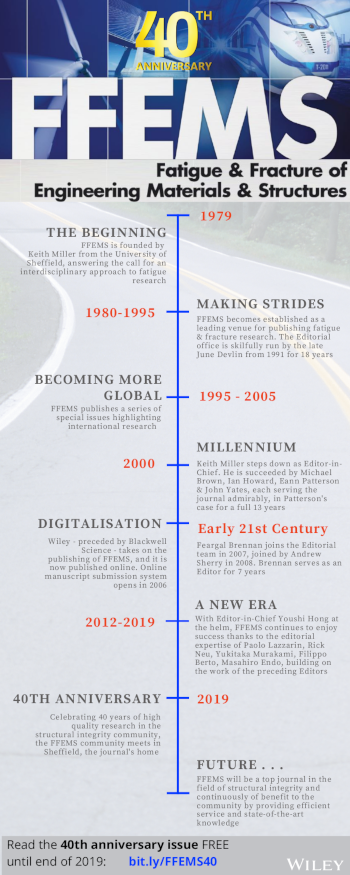Journal list menu
Export Citations
Download PDFs
Table of Contents
no
Influence of processing parameters of selective laser melting on high-cycle and very-high-cycle fatigue behaviour of Ti-6Al-4V
- First Published: 04 October 2020
no
Enhancing ductility and fatigue strength of additively manufactured metallic materials by preheating the build platform
- First Published: 05 November 2020
no
Anisotropic mechanical and fatigue behaviour of Inconel718 produced by SLM in LCF and high-temperature conditions
- First Published: 06 November 2020
no
Quasi-static compression and compression–compression fatigue behavior of regular and irregular cellular biomaterials
- First Published: 07 February 2021
no
Defect-based multiaxial fatigue life prediction of L-PBF additive manufactured metals
- First Published: 17 March 2021
no
Fatigue behavior of Ti6Al4V alloy components manufactured by selective laser melting subjected to hot isostatic pressing and residual stress relief
- First Published: 23 March 2021
Open Access
oa
Fatigue response dependence of thickness measurement methods for additively manufactured E-PBF Ti-6Al-4 V
- First Published: 05 May 2021
Open Access
oa
Fatigue failures from defects in additive manufactured components: A statistical methodology for the analysis of the experimental results
- First Published: 05 May 2021
no
Bending properties of titanium lattice structures produced by electron beam melting process
- First Published: 05 April 2021
Open Access
oa
Static mechanical properties of virgin and recycled short glass fiber-reinforced polypropylene produced by pellet additive manufacturing
- First Published: 03 June 2021





